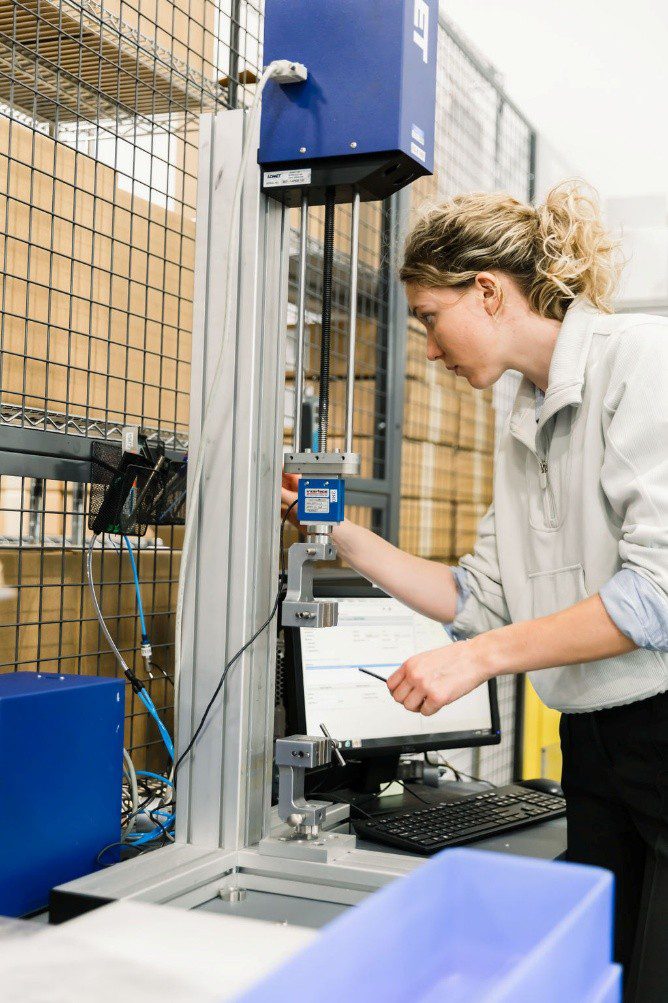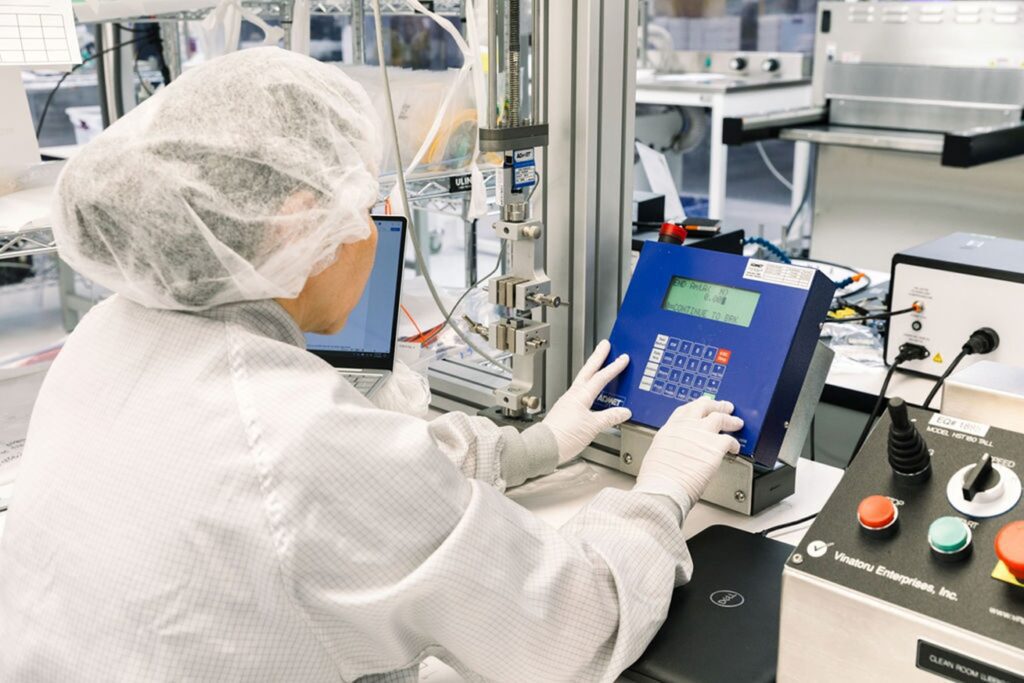How to De-risk Your Path to Regulatory Approval and Market Success
When it comes to medical devices, testing isn’t just a checkbox. It’s a critical step that determines safety, performance, and your path to regulatory approval and commercialization. At Medical Murray, we’ve seen firsthand how missteps in testing can cause major delays, regulatory pushback, and added cost. Here are some common pitfalls that our medical device testing services have helped clients avoid.

Mistakes in Medical Device Testing
DV Testing Before the Design Is Ready
One of the most common mistakes is jumping into verification testing with a design that isn’t fully locked. If your design changes midway, your test data may become invalid, and you’ll have to start over or repeat testing. It’s great to conduct cost-effective preclinical testing in the spirit of eventual DV testing, but we always recommend confirming your design inputs and outputs are traceable and stable before entering more expensive formal design verification testing.
Overlooking Worst-Case Scenarios
Devices may not fail under ideal conditions but then fail at the margins. That’s why we simulate conditions ranging from moderately challenging to worst-case scenarios: extreme geometries, maximum stress, etc. If your testing doesn’t reflect real-world edge cases, you may miss critical failure modes that could appear post-market.
Incomplete Test Protocols
Regulatory bodies expect clear, validated test plans and protocols. Missing details like acceptance criteria, rationale, or sample justification can result in test reports being rejected. We help clients write robust protocols up front so nothing’s left open to interpretation.
Insufficient Sample Size
Testing a device on a small number of samples might save money in the short term, but it can undermine confidence in the results. We guide our clients through statistical justification of sample sizes, aligned with FDA and ISO expectations.

Neglecting Biocompatibility and Sterility Testing
Some teams treat biocompatibility and sterility as an afterthought or something they can rationalize with a paperwork exercise, only to learn late in the process that this testing will be required, adding a few months to the schedule, or worse, the materials or packaging must be changed. Our design and material selection process includes early input from regulatory and testing experts to avoid surprises.
Choosing the Wrong Test Method or Medical Device Testing Lab
Not all medical device testing labs are created equal. We’ve seen tests fail, not because the device didn’t perform, but because the wrong setup, fixture, or method was used. Our in-house medical device testing services and network of trusted partners ensure your tests are executed correctly.
How Our Medical Device Testing Services Can Help
Whether we’re supporting device development or just the testing phase, our team knows what to look for, and how to solve it before it becomes a problem. From test method development and fixture design to full-service verification and validation, we help you de-risk development and get to market faster.
Ready to discuss your testing strategy? Schedule a meeting with our team.
